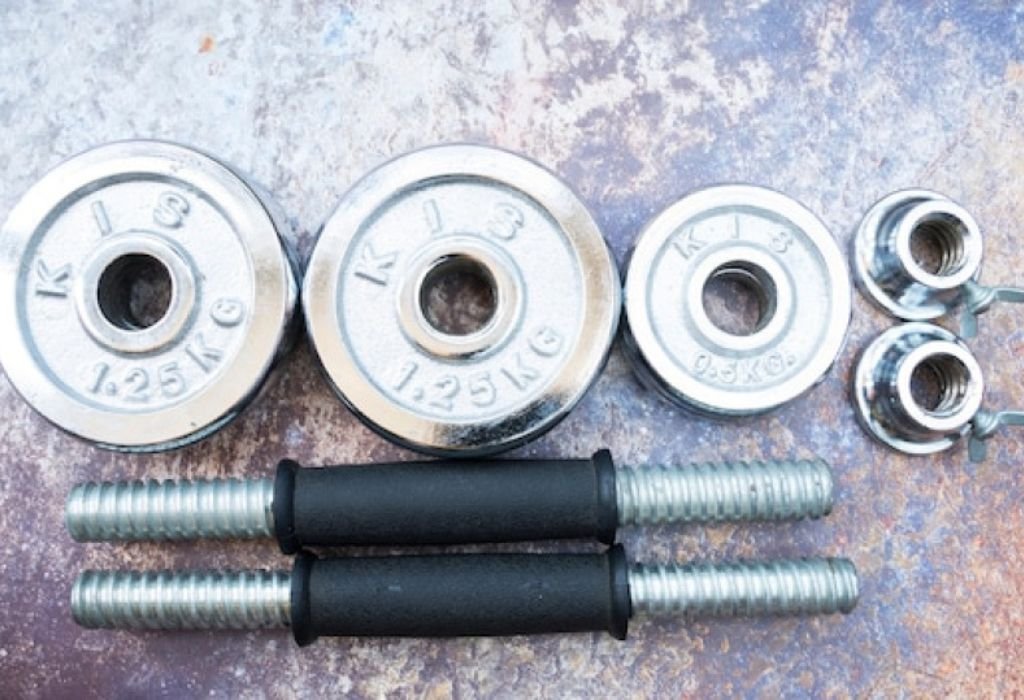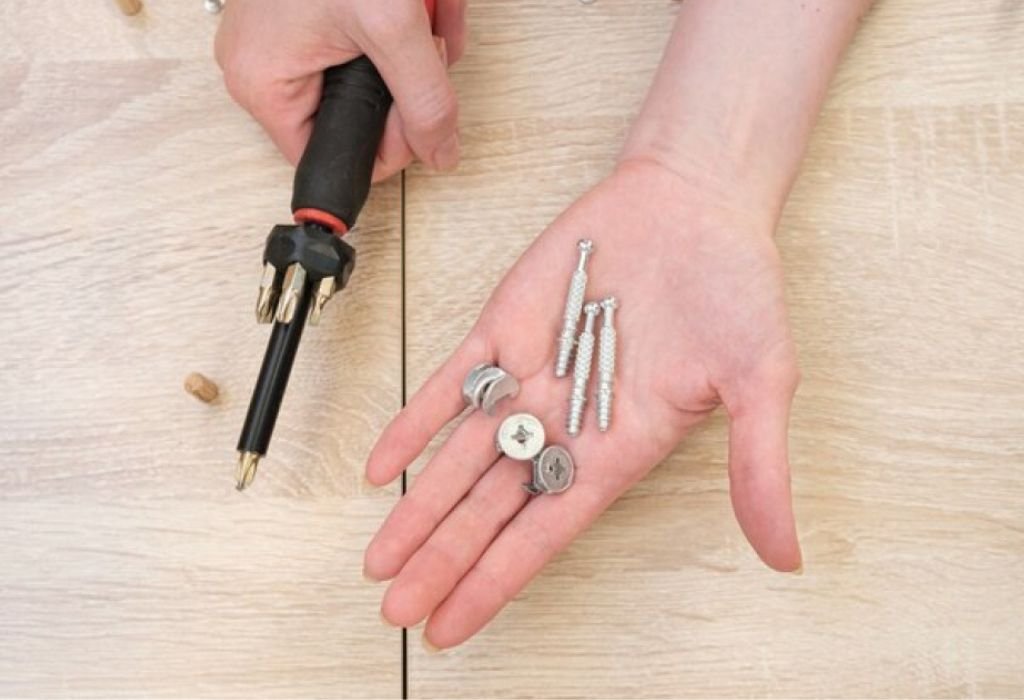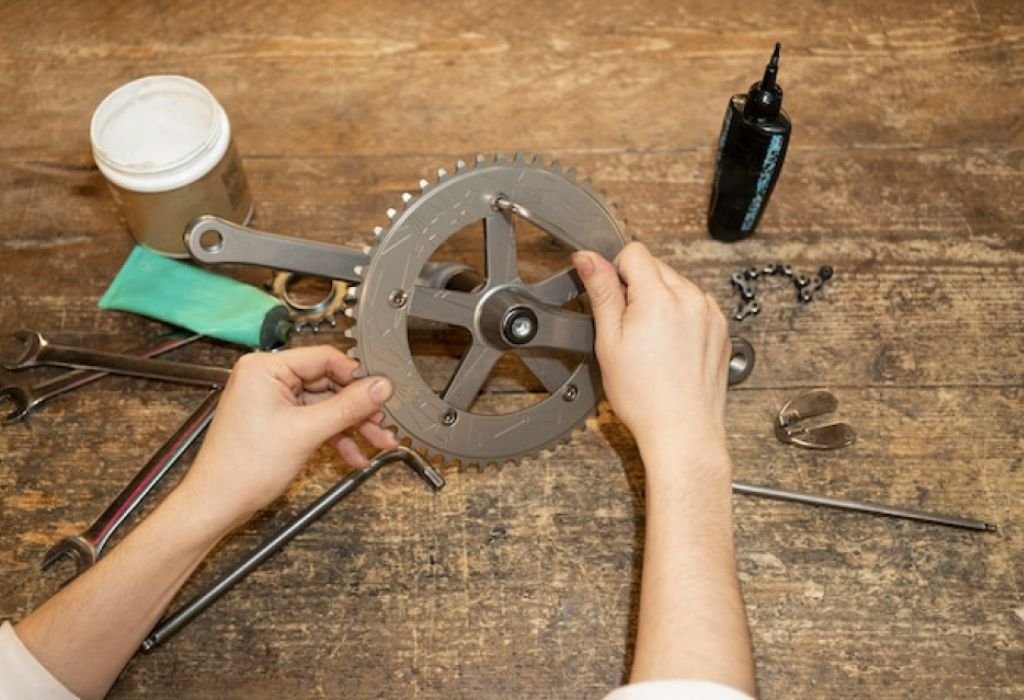A car owner begins replacing their brake rotors and quickly discovers that the tiny rotor screws are stripped and refuse to budge.
The frustration builds as the impact driver, the usual tool for this job, is nowhere in sight.
The question becomes how to remove stripped rotor screws without impact driver safely and without causing further damage.
These screws are notorious for seizing up due to rust, over-tightening, or soft metal construction.
Improper attempts at removal can make the situation worse, damaging the rotor or even injuring the person working on it.
Knowing alternative methods ensures the job gets done without a costly trip to the mechanic.
The U.S. brake system replacement market exceeds $4 billion annually, showing how common brake repairs are for everyday drivers (IBISWorld).
Many of these jobs involve dealing with stubborn screws that hold rotors in place.
At the same time, AAA reports that nearly 80% of DIY auto repairs use only basic hand tools, proving that even without specialized equipment, solutions are available (AAA).
These numbers highlight the importance of having backup methods when working on brakes.
With a little patience and the right approach, even stripped rotor screws can be removed successfully.
This guide will explain why screws strip so easily, what tools can replace an impact driver, step-by-step removal techniques, advanced methods for stubborn cases, and prevention tips for the future.
By the end, you will know exactly how to remove stripped rotor screws without impact driver and finish your brake repair confidently.
Why Rotor Screws Strip Easily

Rotor screws are often made of soft factory metal that wears down quickly. Combined with years of heat and rust, they are prone to stripping during removal.
Over-tightening during installation also contributes to stripped heads. Using the wrong tools or bits can make the situation worse.
Why do rotor screws strip so often?
Because they are soft and exposed to corrosion.
Are rotor screws necessary?
Yes, they help hold the rotor in place during installation.
Can over-tightening strip screws?
Yes, applying too much torque damages the head.
Does rust make screws harder to remove?
Yes, corrosion locks them in place.
Tools You Can Use Instead of an Impact Driver
While an impact driver is ideal, several alternatives work just as well. A standard screwdriver with a good grip can sometimes free a screw if downward pressure is applied.
A ratchet with the correct bit socket provides more torque. Breaker bars extend leverage for extra force, while drills with screw extractor bits remove screws that are fully stripped.
What tool replaces an impact driver?
A ratchet with the proper bit often works.
Can I use a breaker bar?
Yes, it adds leverage for stubborn screws.
Do screw extractor bits work?
Yes, they bite into stripped heads securely.
Is a power drill an option?
Yes, with extractor attachments.
Step-by-Step Methods to Remove Stripped Rotor Screws
The first step is always to spray penetrating oil on the screw and let it soak for at least 10–15 minutes. This loosens rust and makes removal easier.
Next, tap the screw head lightly with a hammer to break corrosion bonds. Apply firm downward pressure with a screwdriver or ratchet bit while turning slowly.
If the screw head is badly stripped, drill a small hole into it and use a screw extractor bit. This grips the inside of the screw and twists it out.
Should I use penetrating oil?
Yes, it helps loosen rust and corrosion.
Does tapping with a hammer help?
Yes, it breaks the bond between screw and rotor.
Can a screwdriver still work?
Yes, if firm downward pressure is applied.
What if the head is fully stripped?
Use a drill and extractor bit.
Advanced Methods for Stubborn Screws

If standard methods fail, advanced techniques can save the day. Applying heat with a propane torch expands the metal, breaking rust bonds and freeing the screw.
Cutting a new groove into the screw with a Dremel allows a flathead screwdriver to grip. Welding a nut onto the stripped screw provides a new surface to turn.
As a last resort, drill out the screw completely. Once removed, the rotor can be replaced, and new screws can be installed.
Can heat loosen rotor screws?
Yes, expansion helps break rust.
What if I cut a groove?
You can then use a flathead screwdriver.
Is welding a nut effective?
Yes, it provides a new grip point.
Is drilling out the screw safe?
Yes, if done carefully.
Safety Precautions When Removing Rotor Screws
Working with stripped screws can be dangerous if safety is ignored. Always wear safety glasses and gloves to protect against sharp metal and flying debris.
Avoid overheating brakes when using torches, as excess heat can damage sensitive parts. Ensure the vehicle is supported with jack stands and never rely solely on a car jack.
Dispose of damaged screws properly and replace them with new ones. Never reuse stripped or rusted hardware.
Do I need safety gear?
Yes, especially goggles and gloves.
Can heat damage brakes?
Yes, avoid overheating nearby components.
Is working without jack stands safe?
No, always stabilize the vehicle.
Should I reuse stripped screws?
No, replace them with new ones.
Preventing Stripped Rotor Screws in the Future
Prevention starts with proper installation. Use anti-seize compound on new rotor screws to prevent corrosion.
Always use the correct bit size and apply steady pressure when tightening. Avoid over-torquing, which damages screw heads.
Replace worn screws immediately to prevent future problems. Investing in high-quality hardware saves time and hassle.
Should I use anti-seize?
Yes, it prevents future rust and seizing.
Do proper tools matter?
Yes, the right bits reduce stripping risk.
Should I reuse old screws?
No, always use fresh hardware.
How tight should screws be?
Snug, but never over-tightened.
Market Trends in DIY Brake Repairs

DIY brake repairs are becoming more common as parts and tutorials are easier to access. More drivers now tackle rotor and pad replacements at home.
Extractor kits and specialty tools are increasingly available at auto parts stores. Many shops even offer tool rental programs for those who don’t want to buy tools outright.
The growth of online tutorials boosts DIY confidence, making repairs like stripped screw removal more approachable.
Are more people fixing brakes themselves?
Yes, DIY brake jobs are increasing.
Are extractor kits popular?
Yes, they are widely available and affordable.
Do tutorials help?
Yes, they make DIY work accessible.
Can I rent tools for brake work?
Yes, many stores offer rental programs.
Conclusion
The answer to how to remove stripped rotor screws without impact driver lies in patience and the right tools. Penetrating oil, screwdrivers, ratchets, and extractor bits can all do the job.
For the most stubborn screws, advanced methods like heat, cutting grooves, or drilling them out may be necessary. Safety precautions should always come first to protect both you and the vehicle.
By following these techniques and preventing future issues with anti-seize and proper installation, you can remove stripped rotor screws without an impact driver. This approach saves money, avoids mechanic bills, and gives you confidence in handling DIY brake repairs.

I’m John F. Nicholas, the founder, lead writer, and drill enthusiast behind 101drill.com. With years of hands-on experience in power tools and DIY projects, I created this platform to share practical knowledge, expert tips, and real-world insights to help others master the art of drilling.
